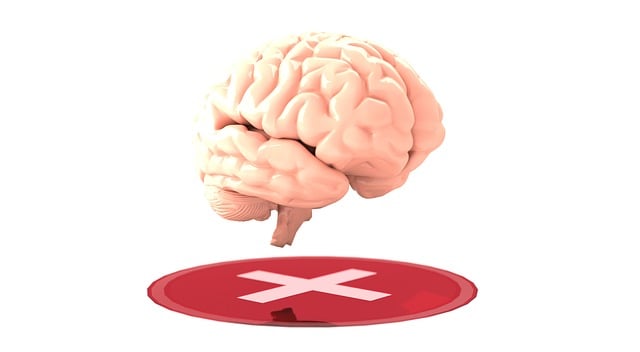Greenwood Village Hypnosis Therapy designs customized mental health education programs addressing local demographics' unique needs, including crisis intervention for psychological distress, mood management strategies, and burnout prevention. By focusing on cultural norms, socioeconomic factors, and access to resources, these tailored curricula empower individuals to enhance emotional well-being, fostering a healthier, more resilient community in line with the therapy center's mission.
Greenwood Village Hypnosis Therapy is pioneering a comprehensive mental health education program designed to address the unique needs of its community. By assessing local demographics and their specific mental health concerns, the therapy center sets achievable goals centered around evidence-based practices, mindfulness, and hypnosis techniques.
The curriculum offers engaging workshops, progressive learning from basics to advanced topics, and real-life case studies relevant to Greenwood Village. Program delivery leverages diverse formats, including group sessions, online platforms, and community partnerships for enhanced engagement. Through open discussions and feedback mechanisms, the initiative ensures a safe space for learning, ultimately improving mental well-being in the local area.
- Assessing the Needs and Goals of Greenwood Village Hypnosis Therapy
- – Identifying target demographics and their specific mental health concerns
- – Understanding the local community's unique challenges regarding mental well-being
Assessing the Needs and Goals of Greenwood Village Hypnosis Therapy

Greenwood Village Hypnosis Therapy, a renowned center for mental wellness, requires a tailored education program that aligns with its unique offerings and client base. The first step in designing an effective curriculum is to assess the specific needs and goals of this therapy hub. By understanding the challenges faced by the local community, the program can address relevant mental health concerns. For instance, focusing on crisis intervention techniques would be valuable given the potential for sudden psychological distress in any setting.
Additionally, incorporating modules on mood management strategies could empower individuals to regulate their emotional states. Furthermore, considering burnout prevention as a key component is essential, especially with the growing awareness of work-related mental health issues. Tailoring the program to these needs will ensure that Greenwood Village Hypnosis Therapy continues to provide cutting-edge education, fostering improved mental well-being within the community.
– Identifying target demographics and their specific mental health concerns

In designing a mental health education program, one must begin by identifying the target demographics within the community. This involves understanding the unique mental health concerns that specific groups may face. For instance, students in academic settings often grapple with stress and anxiety related to exams and academic pressure, while working professionals might struggle with burnout and work-life balance issues. In Greenwood Village, Hypnosis Therapy has been instrumental in addressing these diverse needs by offering tailored programs that focus on both mental wellness and emotional intelligence.
By pinpointing these demographics and their specific challenges, educators can develop relevant curricula that cater to the unique requirements of each group. Incorporating topics such as crisis intervention guidance ensures that participants gain practical skills to navigate mental health crises effectively. This targeted approach fosters a supportive learning environment, empowering individuals with the knowledge and tools necessary for enhancing their emotional well-being.
– Understanding the local community's unique challenges regarding mental well-being

In designing a mental health education program for Greenwood Village Hypnosis Therapy’s local community, it’s imperative to recognize and address unique challenges specific to this region. Mental well-being is influenced by a myriad of factors, including cultural norms, socioeconomic status, and access to resources. Understanding these nuances is key to tailoring an effective program that resonates with the community. For instance, burnout prevention strategies might be particularly relevant given the high-pressure work environments prevalent in Greenwood Village.
Moreover, incorporating crisis intervention guidance into the educational curriculum can empower residents to handle mental health crises effectively. Boosting confidence through self-care workshops and mindfulness practices can also make a significant difference. By tailoring these aspects to meet local needs, the program ensures relevance and impact, fostering a healthier, more resilient community, much like Greenwood Village Hypnosis Therapy aims to facilitate among its neighbors.
Greenwood Village Hypnosis Therapy’s comprehensive mental health education program design considers the unique needs and goals of its target demographics. By assessing specific mental health concerns within the community, the therapy center aims to address local challenges effectively. This tailored approach ensures that educational initiatives resonate with individuals seeking support for their well-being, fostering a healthier and more informed Greenwood Village.














